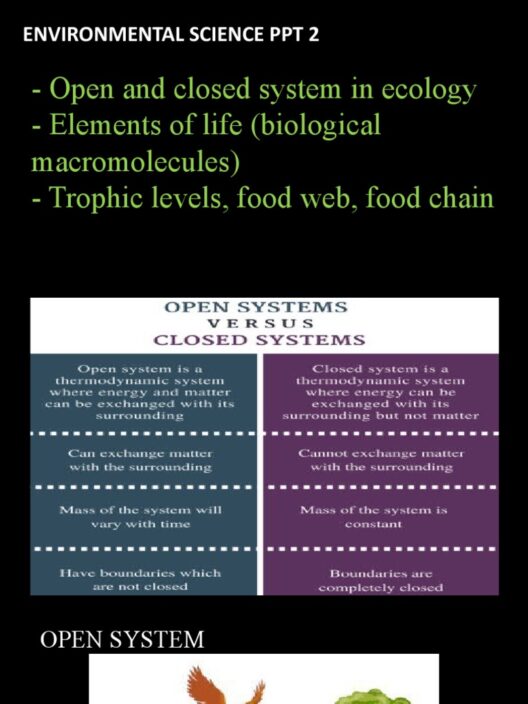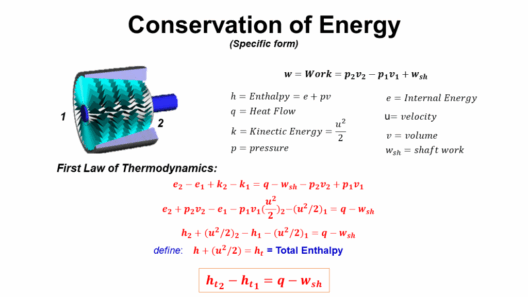As the summer sun blazes high in the sky, energy consumption often escalates like a symphony reaching its crescendo. The relentless heat can prompt an increase in air conditioning use and other energy-intensive activities. Nevertheless, there exists a trove of tactics that allow you to conserve energy in this sizzling season without breaking a sweat. Embracing these techniques not only fosters individual well-being but also contributes significantly to the well-being of our planet. Energy conservation is not merely a matter of individual benefit; it is an environmental imperative.
One of the most effective methods of conserving energy during summer is to optimize natural ventilation. Much like a skilled conductor orchestrating a concert, you can fine-tune your home’s airflow. During the cooler hours of the morning and evening, open windows and doors to invite in the refreshing breeze. Utilize fans strategically; ceiling fans, for instance, can create a wind-chill effect, making you feel cooler than the actual room temperature. A well-designed flow of air can reduce the reliance on artificial cooling systems, allowing your space to breathe without the mechanical hum.
Moreover, the strategic use of shades and curtains can serve as an insulating barrier against the sun’s fierce rays. Light-colored window treatments can reflect sunlight, whereas thermal curtains act like a protective shield, reducing solar heat gain during daytime. Think of them as the leaves of a tree, filtering the sun’s rays and ensuring that your indoor environment remains temperate and enjoyable. This simple adjustment can lower indoor temperatures significantly and subsequently minimize the overuse of air conditioning.
Another method of energy conservation involves rethinking your culinary practices. With the summer sun in full force, the kitchen may become an oven of its own. Instead of using the stove or oven, consider the charm of outdoor grilling or preparing no-cook meals. Salads, chilled soups, and fresh fruits can keep you nourished while avoiding the heat generated by traditional cooking methods. By choosing to dine with the vigor of summer’s bounty, you conserve energy and delight in the flavors that this season brings.
In addition to altering your cooking habits, embracing energy-efficient appliances and practices is paramount. Upgrading to Energy Star-rated appliances can significantly diminish energy use. These devices are designed to lower consumption without compromising performance. It’s akin to nurturing a garden; by cultivating choices that support sustainability, you reap a harvest of savings and environmental benefits. Be it a refrigerator or a washing machine, each choice plays a crucial role in shaping your energy footprint.
Furthermore, consider the possibility of landscaping as a method of energy conservation. Trees and shrubs can act as natural air conditioning by providing shade. Strategically planting deciduous trees around your home can keep spaces cool, allowing for a substantial decrease in energy reliance. When leaves unfurl in the summertime, they form a natural canopy that mitigates heat gain. This approach harmonizes your living space with nature’s design—an elegant communion that rectifies energy consumption.
When it comes to finding respite from the heat, the allure of summer nights can be captivating. Instead of relying on electric lighting, harness the low-energy glow of candles or solar-powered outdoor lights. The flickering luminescence of candles evokes a sense of serenity and connects us to simpler times. Moreover, employing LED bulbs in any required fixtures can add to your energy conservation efforts. They produce less heat than traditional bulbs while using a fraction of the energy, making them an ideal partner in your quest for sustainability.
Beyond the physical alterations to your surroundings, the way you engage with your energy consumption is crucial. Consider: how often do you leave devices plugged in unnecessarily? Phantom loads—energy drawn by electronics while in standby mode—can accumulate, much like a persistent drizzle that ceaselessly saturates the ground. By unplugging devices when not in use, you eliminate this silent drain, thereby conserving energy without any exertions.
Additionally, time your energy use thoughtfully. Energy demand changes throughout the day, with peak consumption hours often leading to increased costs and strain on the grid. By utilizing appliances during off-peak hours, generally in the early morning or late evening, you can not only save money but also help balance the energy load. This practice is akin to shifting traffic away from congested avenues, allowing everything to flow smoothly while reducing wear on critical resources.
Finally, educate yourself and others about the environmental impact of energy consumption. Knowledge serves as a powerful motivator and an agent for change. Hosting gatherings where information about energy conservation techniques is shared can help create a community robust in sustainable practices. The sharing of ideas fosters a collective responsibility and encourages everyone to contribute towards a greener future. Community actions amplify individual efforts, leading to a symphonic effect of energy conservation.
In conclusion, conserving energy in the summer can be achieved through myriad approaches that resonate with both comfort and environmental stewardship. The synergy between personal well-being and ecological responsibility is not merely a balancing act; it is an intricate dance. By employing natural cooling methods, practicing energy-efficient habits, and fostering community engagement, we unearth a pathway towards sustainability that allows us to thrive in harmony with nature. Each small adjustment redefines our interaction with energy, creating ripples of positive impact that extend far beyond our immediate surroundings.








